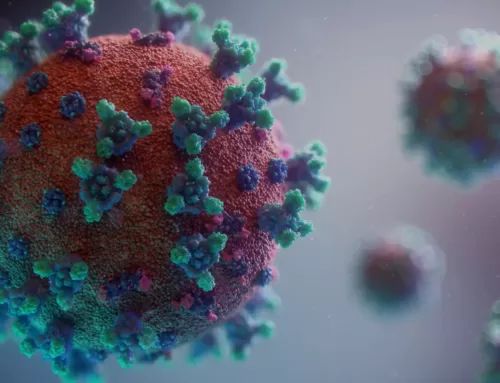The endocannabinoid system (ECS) is a complex network of receptors, enzymes, and endocannabinoids that play a crucial role in the regulation of various physiological processes in the human body.
It is involved in the modulation of pain, appetite, mood, memory, and immune function, making it a key player in maintaining homeostasis and overall well-being.
The ECS was discovered in the early 1990s, when researchers were trying to better understand how the psychoactive compound in cannabis, THC, exerted its effects on the body.
It was soon identified that the body produces its own cannabinoids, known as endocannabinoids, and that they interact with specific receptors in the body to produce a wide range of effects.
There are two primary cannabinoid receptors within the ECS: CB1 and CB2.
CB1 receptors are primarily found in the brain and central nervous system, where they play a role in regulating pain, mood, and memory.
CB2 receptors are predominantly located in the immune system, where they are involved in modulating inflammation and immune response.
Endocannabinoids, such as anandamide and 2-AG, are lipid-based molecules that are produced on demand in response to the body’s needs. They act as signaling molecules, binding to cannabinoid receptors to activate various cellular and molecular pathways.
Once their job is done, they are promptly broken down by enzymes to prevent them from exerting prolonged effects on the body.
The ECS plays a crucial role in modulating the body’s response to stress.
When the body is under stress, it produces endocannabinoids to help restore homeostasis and reduce the physical and emotional impact of stress.
This is why cannabis and cannabinoids are often used as a means of managing stress and anxiety, as they can mimic the effects of endocannabinoids in the body.
Furthermore, the ECS is involved in the regulation of appetite and metabolism.
CB1 receptors in the brain play a key role in controlling food intake and energy balance, while CB2 receptors in peripheral tissues are involved in modulating metabolism and fat storage.
Dysregulation of the ECS has been implicated in various metabolic disorders, such as obesity and diabetes, highlighting its importance in maintaining metabolic health.
The ECS also plays a crucial role in modulating pain perception.
Endocannabinoids are involved in the regulation of nociceptive signaling, which means they can help to dampen pain signals in the body. This is why cannabis and cannabinoids are often used as a means of managing chronic pain, as they can help to alleviate pain and improve quality of life for individuals suffering from pain-related conditions.
In conclusion, the endocannabinoid system is a key player in the body’s regulation, exerting profound effects on a wide range of physiological processes.
As research into the ECS continues, we can expect to uncover even more about its intricate functions and potential therapeutic applications.






